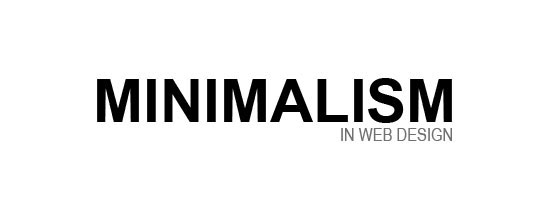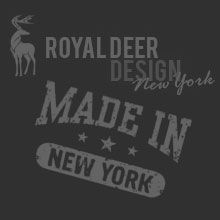Reducing the design of a website can achieve minimalism, and make the website become nothing more than the barest elements. However, doing this difficult task can also be intimidating and for some very hard to master.

Anyone Can Master Minimalism
With the proper fundamentals and the ability to break down the barest elements, minimalist design is achievable and getting in touch with the current trends is simplistic. Here are a few examples that will help a web designer get the simple web design appearance.
Less is More – this statement was popularized by architect Ludwig Mies van der Rohe. The goal is using less to achieve more of an effect, which will achieve a simplistic yet functioning simple web design.
Omitting Needless Things – only focus on things that contribute to the content or function. A terrific example is a simple grey background. With simple typography and minimal effects, a website can have the simple flare that is desired.
Subtract Elements – crafting a simple website can also be achieved with subtracting elements until the site just doesn’t function anymore. A great way to get this appearance is a simple single column body with a three-column footer. Anything taken or added from this look would make the site less user-friendly.
Making Details Count – the most important fact about details is making each individual is a vital contribution. Minimalist web design can be funky, yet modern and clean with sophistication.
Color – minimalist web design takes on a very interesting approach when color is added. The right color or accent will be able to make the design of the website ideal. The color white is also the backbone to any minimalist website.
Minimalist web design has been around for a very long time, and there are plenty of trends to this unique design. The key is taking away from a website to the point it’s lifeless, then bringing back subtle hints until the desired look is achieved and of course – user-friendly.




